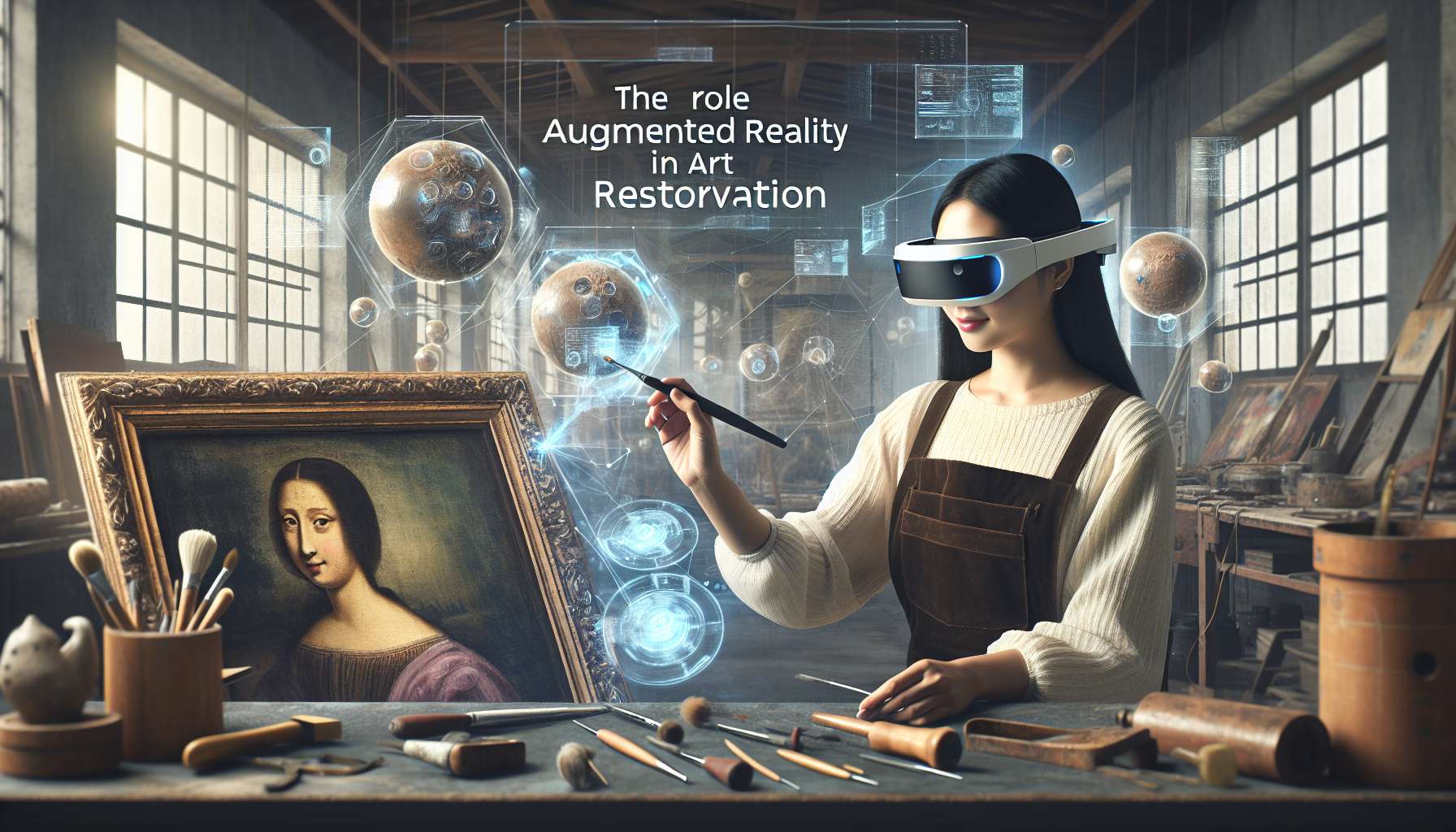Augmented reality (AR) has been making waves in various industries, and one area where its potential is being increasingly recognized is in the realm of art restoration. The intersection of technology and art conservation presents a unique opportunity to revolutionize the way we preserve and restore cultural heritage.
One of the key advantages of using AR in art restoration is its ability to provide art conservators with enhanced tools for analysis and decision-making. By overlaying digital information onto the physical artwork, AR can offer insights into the composition, condition, and history of the piece that may not be visible to the naked eye. This can help conservators make more informed choices about the best course of action for restoration, ensuring that the artwork is preserved in the most authentic and accurate way possible.
Furthermore, AR can also be used as a tool for documentation and record-keeping during the restoration process. By creating digital replicas of the artwork at various stages of restoration, conservators can track changes, document interventions, and create a comprehensive archive of the work that has been done. This not only provides valuable information for future conservation efforts but also enhances transparency and accountability in the restoration process.
Another exciting application of AR in art restoration is in the realm of education and public engagement. By creating interactive AR experiences that allow viewers to explore the artwork in new and immersive ways, museums and cultural institutions can enhance visitor experiences and foster a deeper appreciation for art and conservation. AR can bring hidden details to light, reveal the artist’s process, and create engaging narratives that help audiences connect with the artwork on a more personal level.
In conclusion, the role of augmented reality in art restoration is a promising and rapidly evolving field that has the potential to transform the way we approach the preservation of cultural heritage. By harnessing the power of AR technology, conservators can gain new insights, improve documentation practices, and engage audiences in innovative ways. As AR continues to advance, its impact on art restoration is sure to grow, opening up new possibilities for the conservation and appreciation of our artistic heritage.








